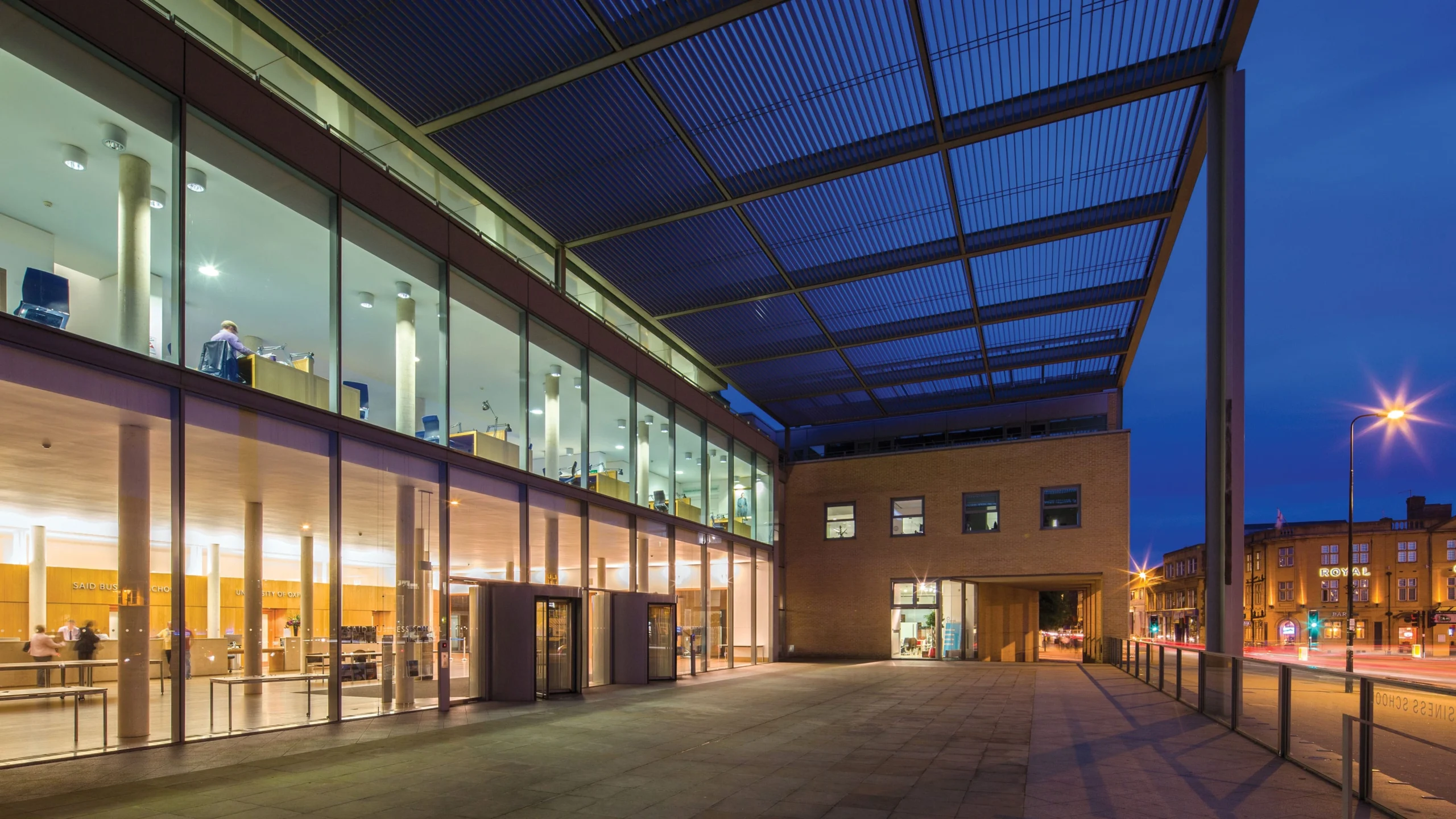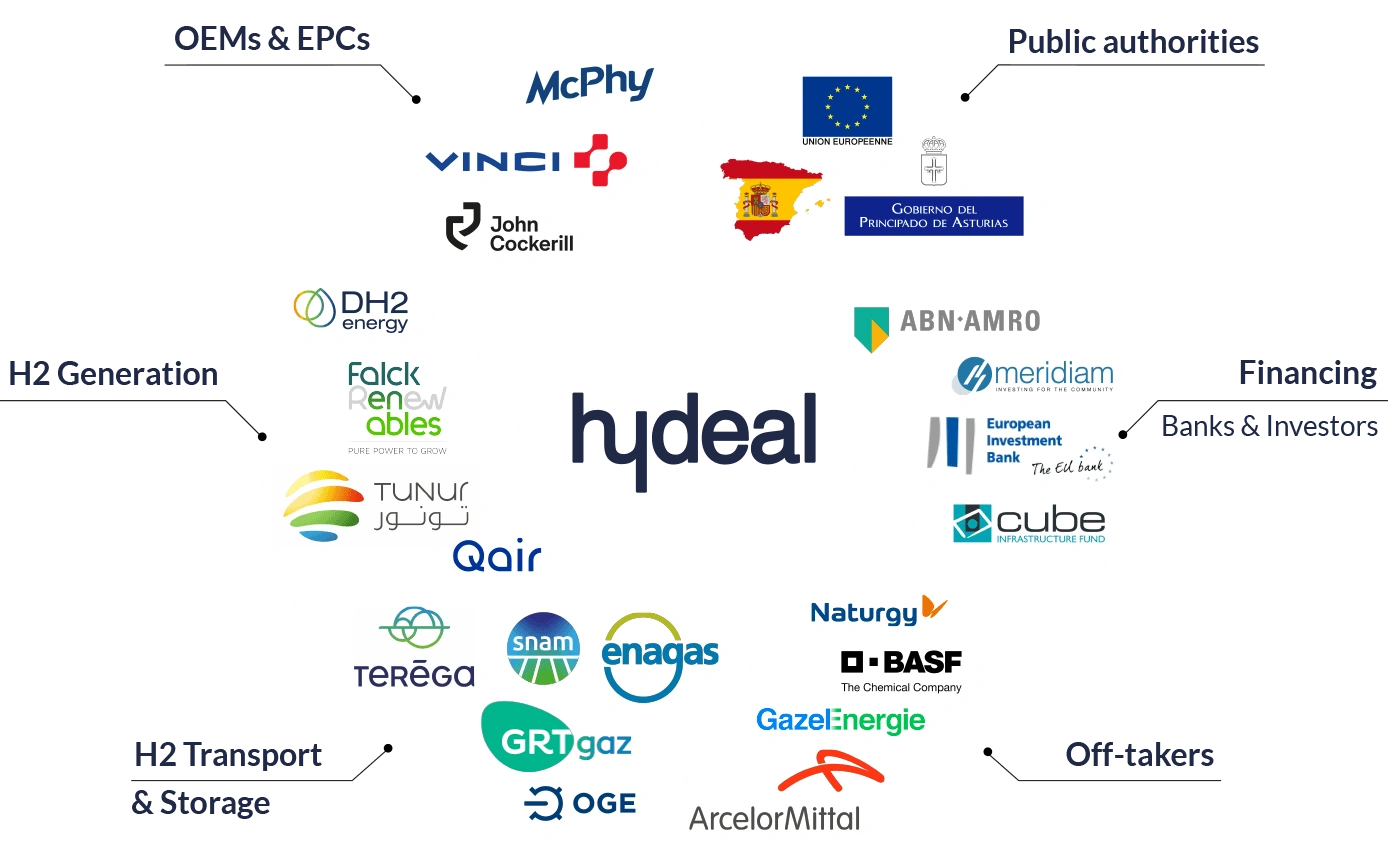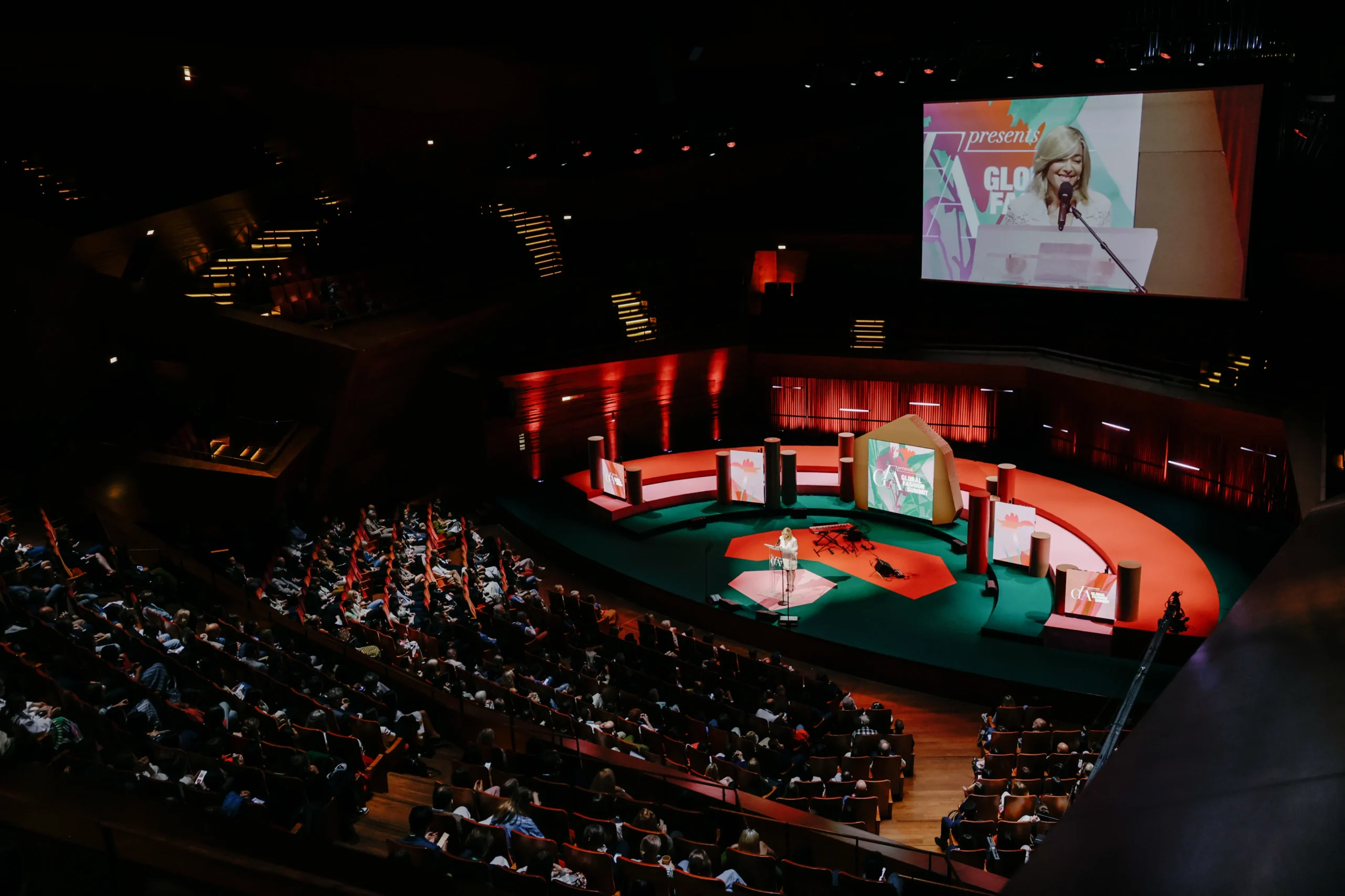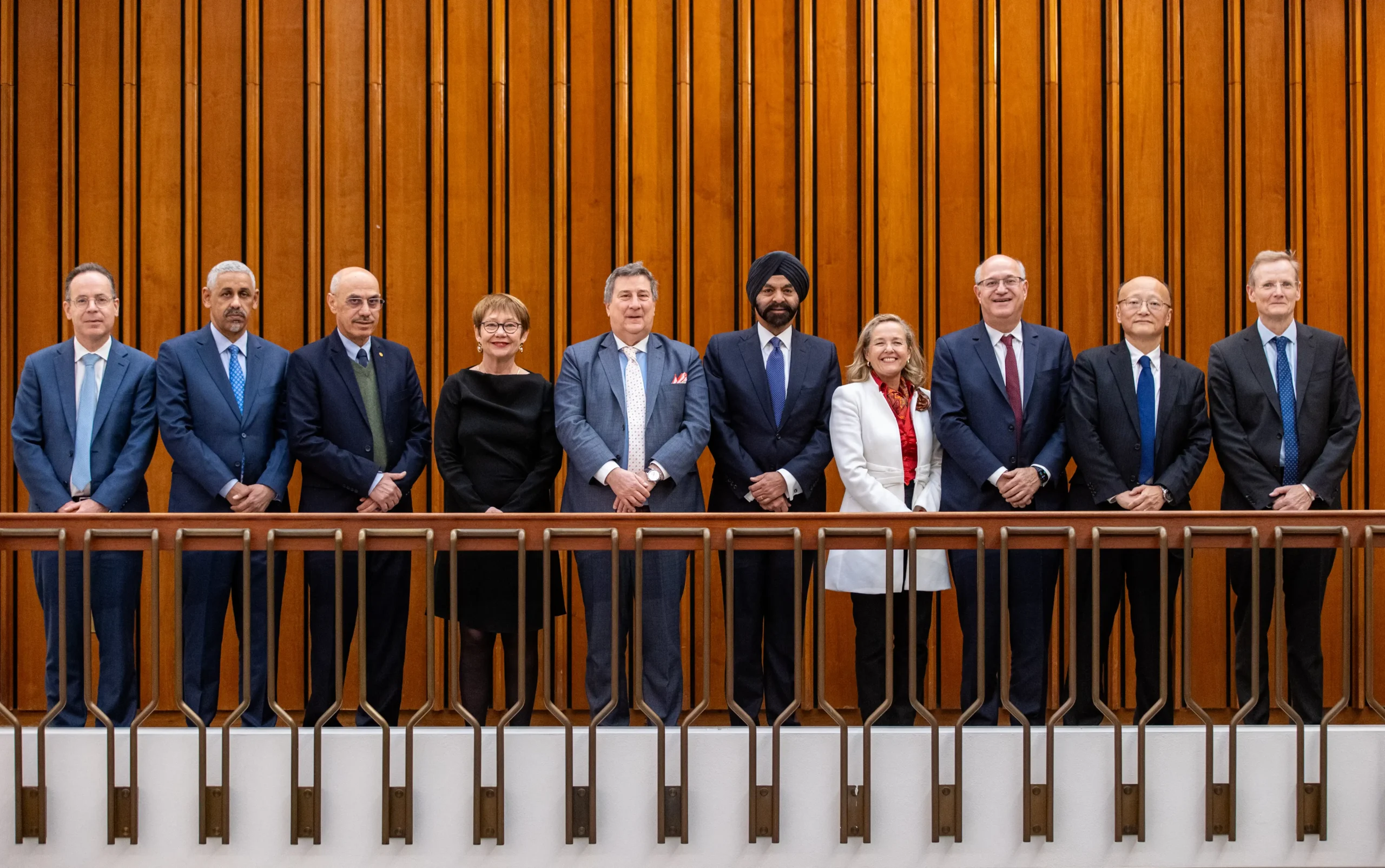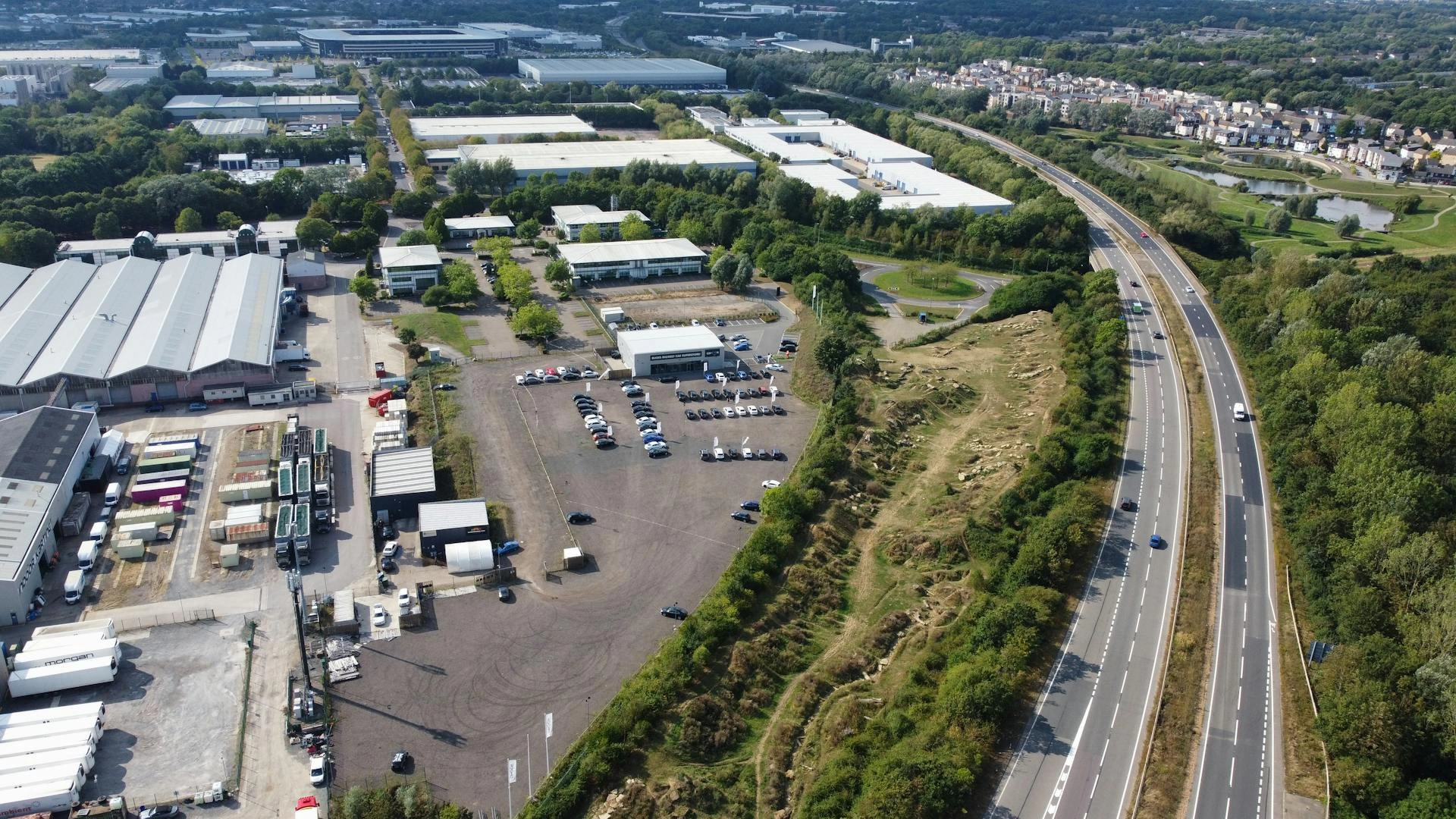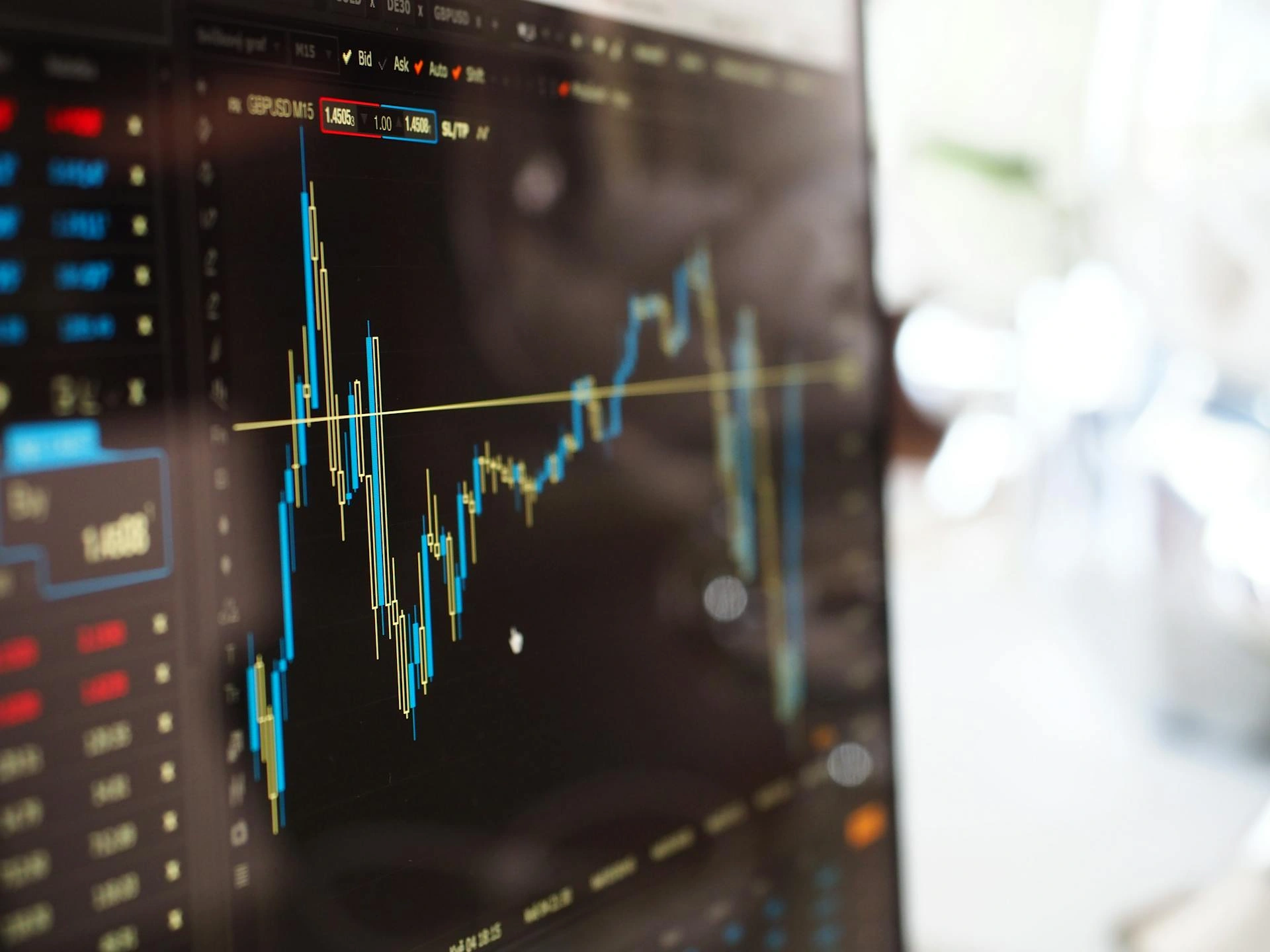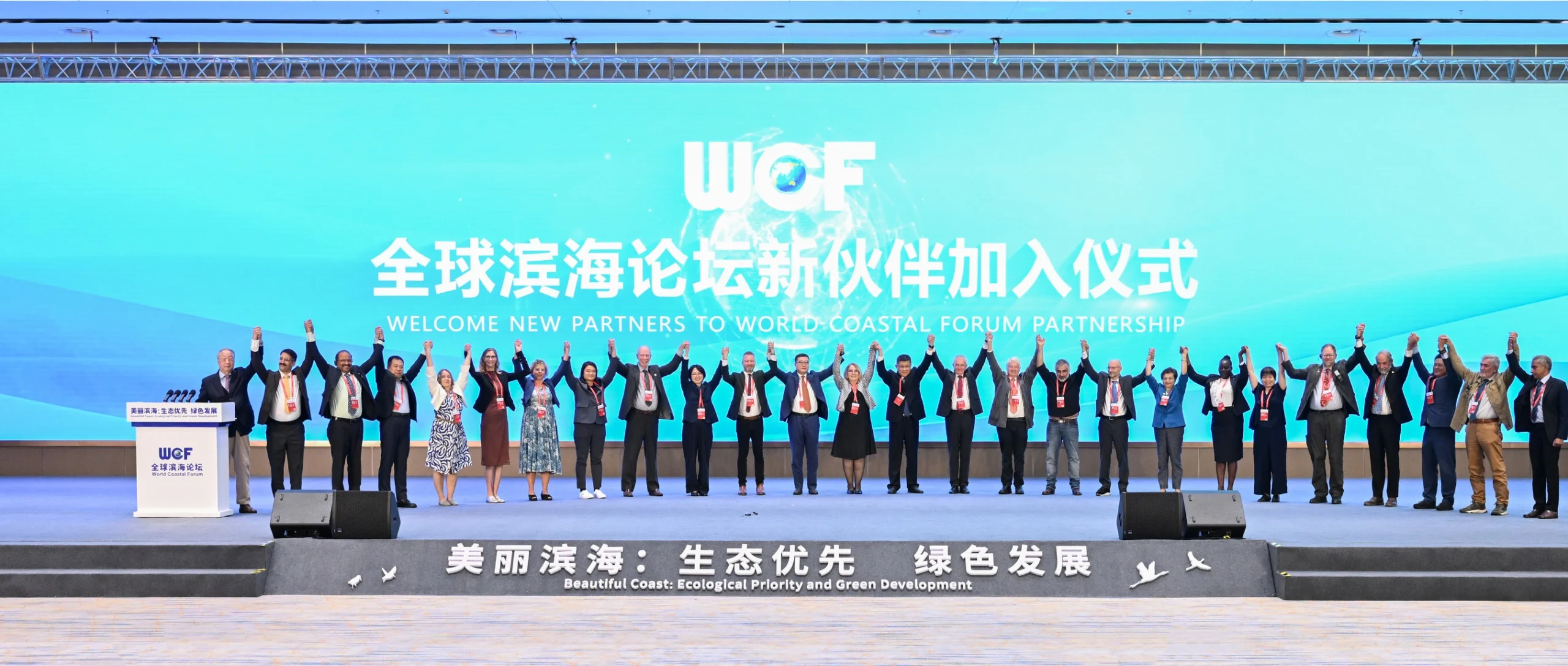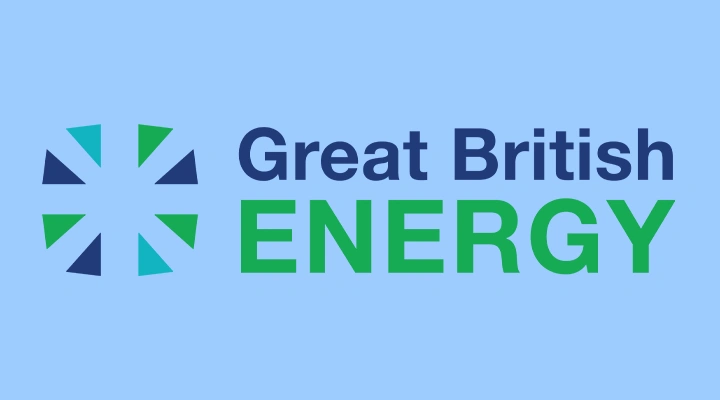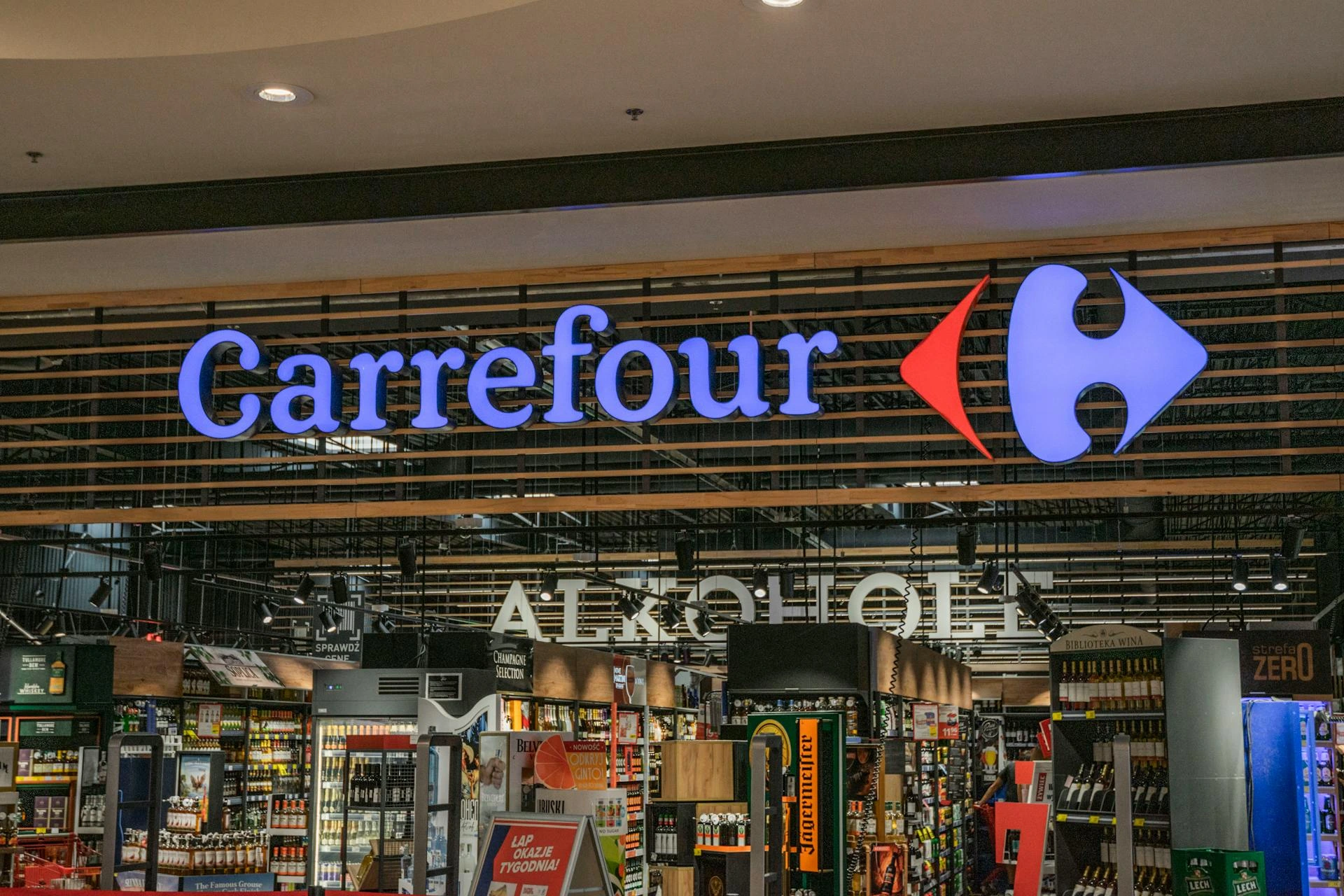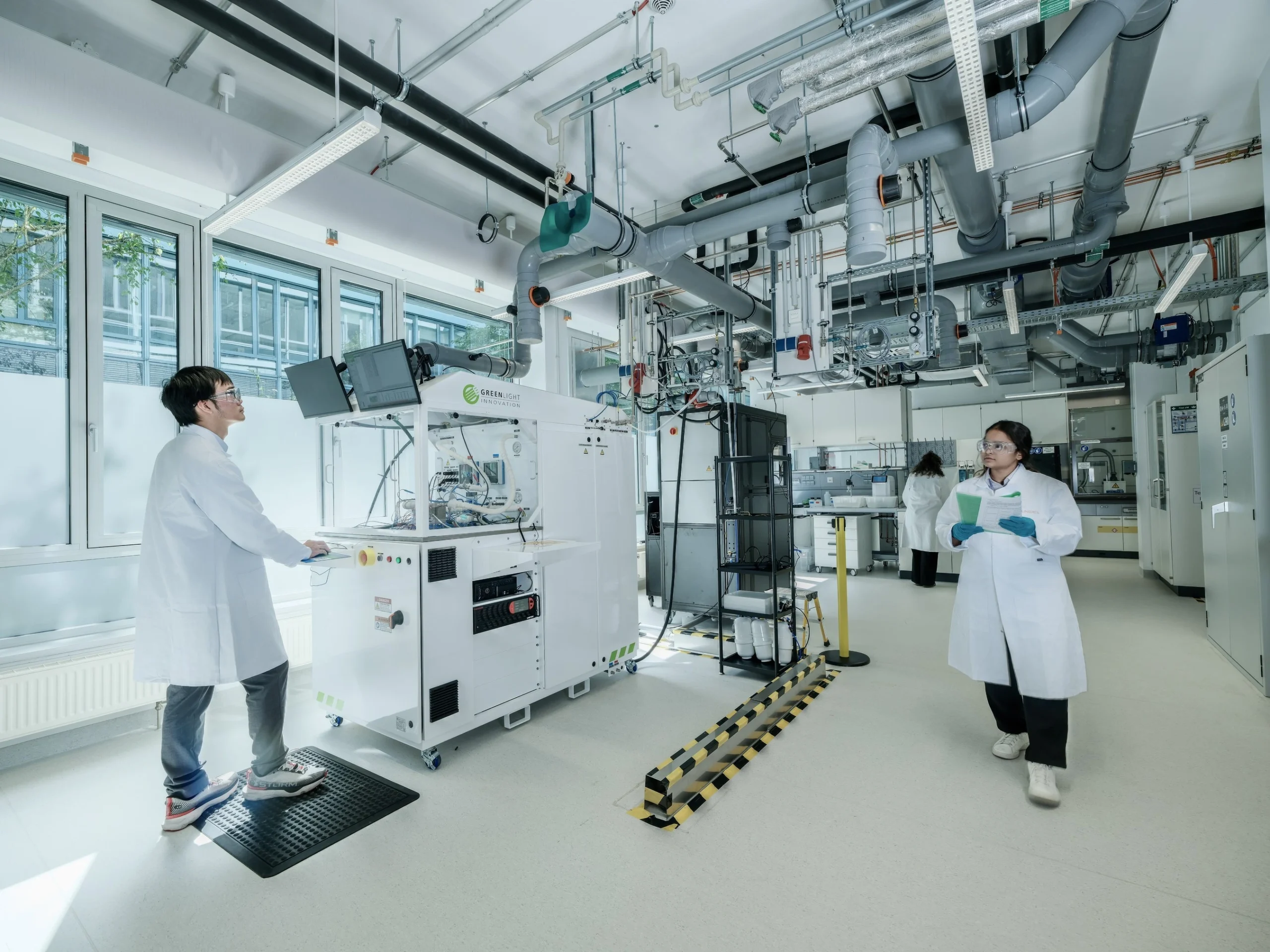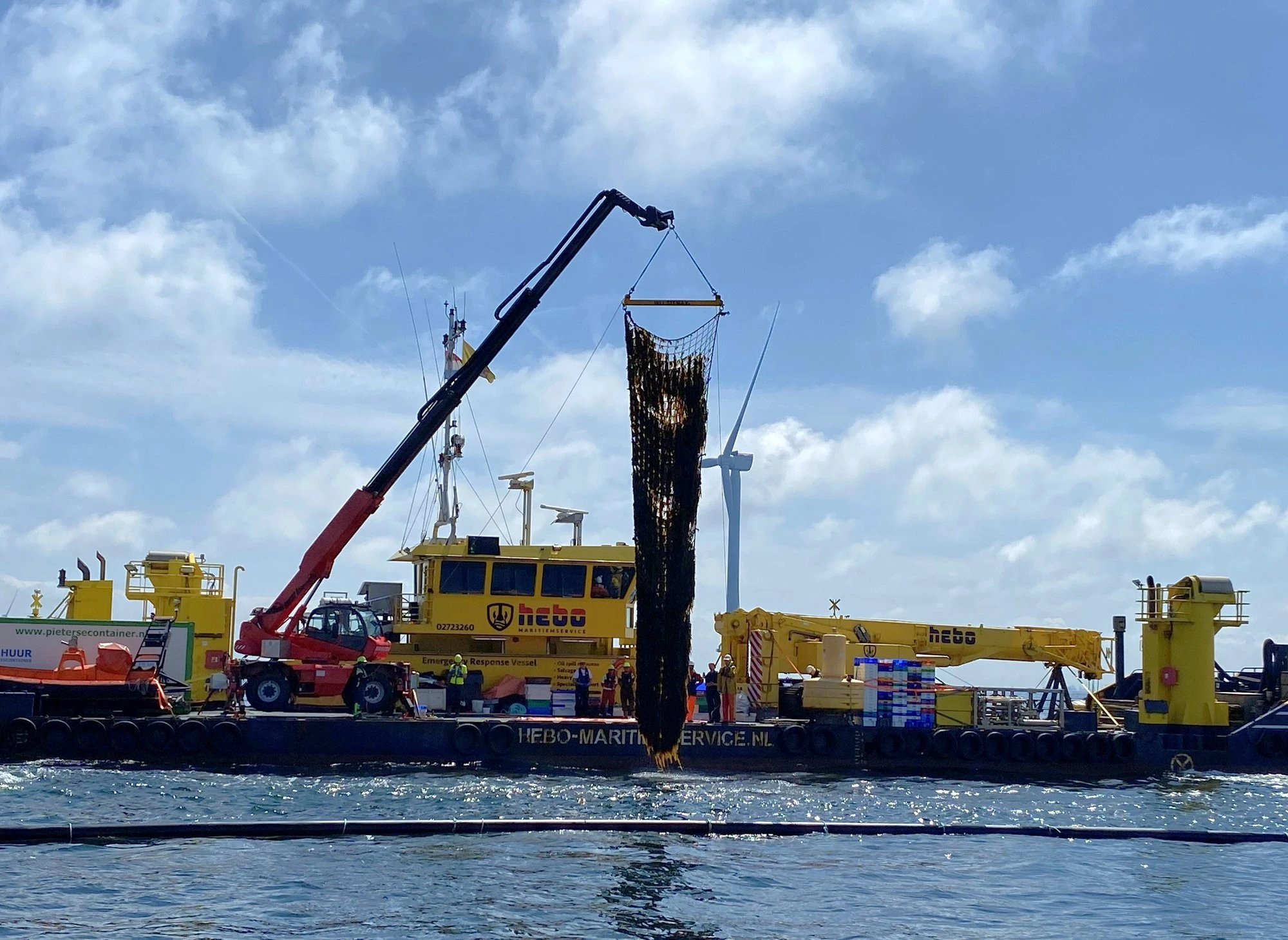The deep tech path to net zero

John E. Kaye
- Published
- Home, Sustainability

The sooner businesses evaluate their strategies and understand how new technologies can make them greener, the sooner they can get ahead of both competition and legislation, says Jean-Francois Bobier of BCG
Many CEOs are quick to claim they understand the need to reach net zero – after all, Fortune estimates that Fortune 500 companies account for about 27% of greenhouse gas emissions – and are aware that emerging technologies have the potential to reduce their current CO2 emissions.
With fossil fuel energy prices expected to remain high and volatile, cutting energy consumption and emissions now presents not only climate-conscious benefits but economic ones too. However, advanced technologies alone will not be enough to achieve true sustainability. That will require game-changing technologies, such as advanced materials, bio-based processes, and new forms of industrial automation, plus new business models and associated changes in consumer behaviour.
Understanding the need and the opportunity is the easy part. The hard thing is determining how best to move the needle, especially in three big decision areas:
- Which technologies to bet on and which areas of the business to transform
- How to accelerate R&D and the development of sustainable products
- How to productively disrupt existing business models with more sustainable alternatives
The good news is that early adopters can get ahead of tightening energy requirements and potential environmental-impact taxes as governments ratchet up regulations in response to growing global pressure to act. So, where to start?
Game-changing technologies
New technologies promise to alter every stage of the product lifecycle, from R&D to raw-material inputs to manufacturing and supply chain, to utilisation and end-of-life. New companies in new industries, such as SpaceX, with its reusable rockets, are applying advanced technologies systemically across the full value chain, including end-of-life.
That said, traditional industries such as automotive and pharmaceuticals are already spending billions of dollars annually to build and test prototypes of new solutions. Advances in computing and AI are making possible fast and accurate simulations of products in development, from cars to drugs. Quantum computers can simulate the chemistry of the battery, which is too computationally complex for classical computers. Daimler and IBM are leveraging this emerging technology to develop electric vehicles. Google’s DeepMind AlphaFold can predict the likely 3D structure of proteins based only on their amino acid sequence, a key advance for drug discovery.
Elsewhere, advances in biotechnology make it possible to switch to renewable feedstocks (such as sugar cane or organic waste, by using modified organisms to transform them into the desired molecules and materials) and aviation fuel made from biomass, waste and other non-oil inputs.
And until recently, massive scale was considered the best way to bring costs down, but this came with high environmental and societal costs since it led to off shoring and extended global supply chains. New incentives for regionalisation and resilience, renewable-energy sources, and advances in additive manufacturing, robotics, and AI all boost the efficiency of local manufacturing and make it increasingly economical to locate factories near the end consumer. For example, Essentium’s 3D printer produces aviation-grade parts for aerospace maintenance where they are needed, eliminating overproduction and increasing airplane uptime.
The Green Premium dilemma
However, new technologies present only one part of the puzzle to reaching net zero. The cost of material or process substitutions, and therefore the price manufacturers need to pass on to consumers, can be a huge barrier to change.
Bill Gates coined the term Green Premium to describe the price difference between green and more carbon-intensive products. From inception, deep-tech solutions typically cost 30% to 240% more per unit than traditional equivalents: 30% to 50% more for bioplastics, 75% more for new cements, 90% more for meat substitutes, and 240% more for sustainable fuels.
These figures are hard to swallow, especially for companies in low-margin industries. Moreover, consumers are fickle. While more than 80% say they pay attention to the impact of their behaviour on climate change, only about 1% to 7% make purchases based on sustainability considerations.
One way to overcome the Green Premium dilemma involves focussing on the eco-conscious consumers willing to pay for green products and then reducing prices with increasing scale to enable sales to more cost-conscious consumers. Adidas, for example, developed innovative additive manufacturing processes and materials to make its Futurecraft sneakers 100% recyclable. The company brought the new shoes to market in 2017 at a premium price of about $350 per pair. The shoes are now available for two-thirds that amount. Meanwhile, they have reinforced Adidas’s reputation as a leader in technology and sustainability.
Tech and business model innovation
While the premium-entry approach has a proven track record, its initial reach and impact are limited until prices reach mass-market levels. Fortunately, production is only half of the equation. The climate change crisis has sparked growing innovation in the more sustainable use of everyday products. Miele is designing and pricing appliances that incorporate repair and upgrades as a service and are guaranteed to last at least 25% longer, on average, than competitors’ products. Similarly, outdoor outfitter Patagonia offers a marketplace for the company’s used gear that it claims adds about two years to the clothing’s lifetime.
Finally, numerous fashion, apparel, and luxury goods companies, including Nike, now offer digital versions of their products for use in the metaverse. Virtual goods offer consumers some of the same benefits as physical ones (for example, fun, a desired identity, belonging in a group, or VIP status) without the direct environmental costs. Nike had sold $185m worth of virtual apparel as of August 2022, according to Dune Analytics.
These business models are not only more sustainable, they also tend to be cost efficient. As a result, they can cancel out the green premium incurred by new technologies, opening paths for broader and faster adoption which will be essential to achieving substantial progress toward net zero. The sooner businesses begin evaluating their strategies and understand how emerging technologies can support them, the sooner they can beat out the competition and avoid heavy environmental fines in years to come.
ABOUT THE AUTHOR

Sign up to The European Newsletter
RECENT ARTICLES
-
 Mycelium breakthrough shows there’s mush-room to grow in greener manufacturing
Mycelium breakthrough shows there’s mush-room to grow in greener manufacturing -
 Oxford to host new annual youth climate summit on UN World Environment Day
Oxford to host new annual youth climate summit on UN World Environment Day -
 Exclusive: Global United Nations delegates meet in London as GEDU sets out new cross-network sustainability plan
Exclusive: Global United Nations delegates meet in London as GEDU sets out new cross-network sustainability plan -
 Fast fashion brands ‘greenwash’ shoppers with guilt-easing claims, study warns
Fast fashion brands ‘greenwash’ shoppers with guilt-easing claims, study warns -
 Private sector set to overtake government as main driver of corporate sustainability in 2026, report suggests
Private sector set to overtake government as main driver of corporate sustainability in 2026, report suggests -
 Sir Trevor McDonald honoured at UWI London Benefit Dinner celebrating Caribbean achievement
Sir Trevor McDonald honoured at UWI London Benefit Dinner celebrating Caribbean achievement -
 Historic motorsport confronts its energy future
Historic motorsport confronts its energy future -
 Protecting the world’s wild places: Dr Catherine Barnard on how local partnerships drive global conservation
Protecting the world’s wild places: Dr Catherine Barnard on how local partnerships drive global conservation -
 Europe’s HyDeal eyes Africa for low-cost hydrogen link to Europe
Europe’s HyDeal eyes Africa for low-cost hydrogen link to Europe -
 Fabric of change
Fabric of change -
 Courage in an uncertain world: how fashion builds resilience now
Courage in an uncertain world: how fashion builds resilience now -
 UAE breaks ground on world’s first 24-hour renewable power plant
UAE breaks ground on world’s first 24-hour renewable power plant -
 China’s Yancheng sets a global benchmark for conservation and climate action
China’s Yancheng sets a global benchmark for conservation and climate action -
 Inside Iceland’s green biotechnology revolution
Inside Iceland’s green biotechnology revolution -
 Global development banks agree new priorities on finance, water security and private capital ahead of COP30
Global development banks agree new priorities on finance, water security and private capital ahead of COP30 -
 UK organisations show rising net zero ambition despite financial pressures, new survey finds
UK organisations show rising net zero ambition despite financial pressures, new survey finds -
 Gulf ESG efforts fail to link profit with sustainability, study shows
Gulf ESG efforts fail to link profit with sustainability, study shows -
 Redress and UN network call for fashion industry to meet sustainability goals
Redress and UN network call for fashion industry to meet sustainability goals -
 World Coastal Forum leaders warn of accelerating global ecosystem collapse
World Coastal Forum leaders warn of accelerating global ecosystem collapse -
 Miliband: 'Great British Energy will be self-financing by 2030'
Miliband: 'Great British Energy will be self-financing by 2030' -
 New ranking measures how Europe’s biggest retailers report on sustainability
New ranking measures how Europe’s biggest retailers report on sustainability -
 Music faces a bum note without elephant dung, new research warns
Music faces a bum note without elephant dung, new research warns -
 Scientists are racing to protect sea coral with robots and AI as heatwaves devastate reefs
Scientists are racing to protect sea coral with robots and AI as heatwaves devastate reefs -
 Munich unveils new hydrogen lab as Europe steps up green energy race
Munich unveils new hydrogen lab as Europe steps up green energy race -
 Seaweed and wind turbines: the unlikely climate double act making waves in the North Sea
Seaweed and wind turbines: the unlikely climate double act making waves in the North Sea


